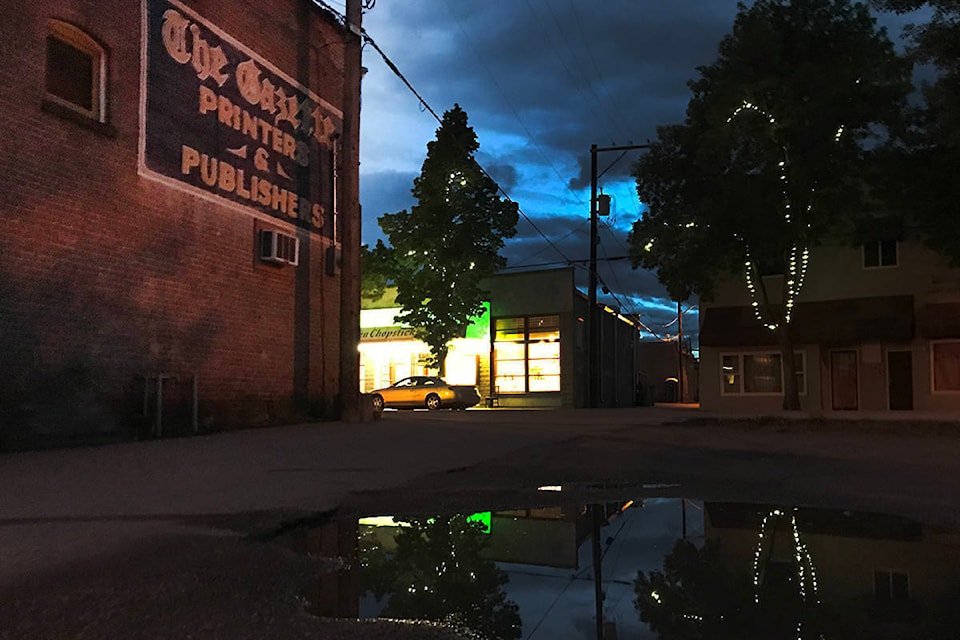Grand Forks city councillors voted 5-1 last month to say that the municipality bears some of the responsibility for establishing a shelter in Grand Forks. No mention of financial obligations was made. What it means in bare terms is that the city will have to deal with some of the planning burden – identifying zones where a shelter would be permitted – but it also means that the city will have a say in where any shelter ends up.
It’s a good decision.
Ire came last time when people felt they were cut out of any discussions on where the extreme shelter would go. This time, those individuals’ representatives have that decision-making power.
Taking on some responsibility also means taxing staff with more work, piling onto the flood recovery and mitigation projects they’re working on, along with day-to-day operations. That’s not great, though staff have kept positive in public – well done – through the added workload.
Others, unaffected work-wise by the decision, meanwhile, have said in online comments that this was a bad move on council’s part – a decision that only draws out the problem and that piles more work on an overtaxed and small city staff team. It is more work, yes. CAO Ron Mattiussi said as much at the Oct. 21 council meeting, suggesting that developing a zoning report on emergency shelters is among the last things that staff needed to deal with at the moment. Nevertheless, they needed to do it.
“I think, one way or another, you’re in this and you have been in this situation, but what we’re trying to do is help you define, as a council through a democratic process, what in fact those criteria are good Grand Forks criteria,” Mattiussi told councillors.
The City is involved already. It got involved when it recognized that the occupants of 7500 Donaldson Dr. were in contravention of the zoning bylaw. From there, it became clear that nowhere in the city recognizes shelters in the zoning bylaw. It’s not that a shelter is explicitly prohibited, it’s that it wasn’t thought about when the bylaw was created.
That needs to be considered, moving forward, so having staff involved is a good thing. The drawback, however, is that now people’s focuses are split. Many minutes are wasted at council meetings and at Social Service Advisory Group meetings by heads speaking unnecessary words about long-term solutions. Yes, Grand Forks needs to find its “Grand Forks criteria,” to quote Mattiussi, but it also needs to figure out what’s acceptable and what’s going to happen for the 20 or so individuals at high risk of freezing in the next few weeks. No bylaw change will do anything for anyone this winter.
So when councillors say that they accept some responsibility for an emergency shelter, it means that their endorsement cuts both ways. On the one hand, they’ve declared that the City has skin in the game. This means that our representatives should not be talking away their time at meetings about how we also need to look to the future and what long-term solutions may be acceptable – they must recognize that their stake starts now.
Earlier this fall, council declined to formally accept a letter from the Social Services Advisory Group outlining their project and their intent for this winter. Adopting it would not have been binding; rejecting it has made this discussion on locations only stretch further into the negative degrees.
Locations have been proposed – churches, community spaces and government buildings, to name a few options – now it’s time for everybody to do their work, within the bounds of our current discussion, which is the immanent need for winter 2019-20.
